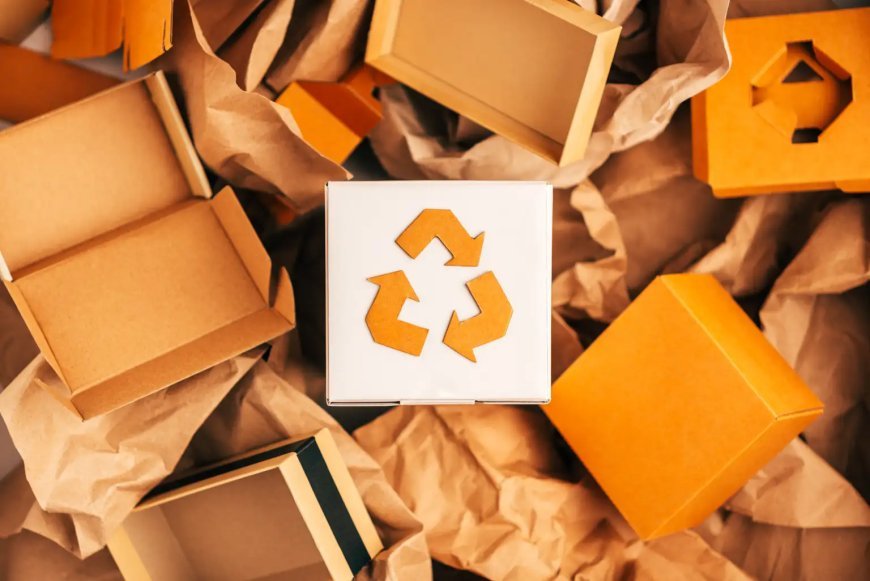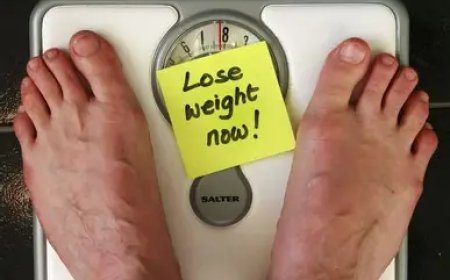Smart and Easy Ways to Recycle Packing Materials After Your Move

Moving to a new home is often an exciting, albeit stressful, experience. While the process of packing and organizing can be time-consuming, many people overlook the amount of packing material used throughout the move. From cardboard boxes to bubble wrap and packing peanuts, a substantial amount of material is used, much of which can be recycled. Instead of sending these packing materials to the landfill, there are several ways to recycle packing materials after a move and contribute to environmental sustainability.
This article provides practical and smart tips on how to recycle and dispose of various moving supplies. We will cover topics such as moving paper recycling, packing material disposal, and eco-friendly moving tips, ensuring that your move is not only organized but also environmentally friendly.
Why Recycle Packing Materials?
When you move, there’s a lot of waste generated in the form of packaging materials. Many of these materials are recyclable, but people often don’t know how to dispose of them properly. Recycling packing materials after a move is crucial for several reasons:
1. Environmental Impact: Packing materials, especially those made of plastic or foam, can take hundreds of years to decompose in landfills. Recycling these items reduces their environmental footprint and helps preserve natural resources.
2. Reducing Waste: By recycling, you can help reduce the overall amount of waste sent to landfills. This helps alleviate some of the pressure on waste management systems and minimizes the need for new raw materials.
3. Supporting Sustainability: Recycling contributes to the broader effort to create a more sustainable world. Materials such as cardboard, bubble wrap, and plastic film can all be repurposed into new products, which reduces the demand for new materials.
4. It’s Easy: Recycling packing materials is simple and doesn’t require a lot of effort. With the right information and resources, you can make a big difference by reducing your post-move waste.
Types of Packing Materials and How to Recycle Them
Several types of packing materials are commonly used during a move. Let’s look at how to recycle packing materials after a move and the best practices for each:
1. Cardboard Boxes
Cardboard boxes are one of the most common moving supplies. They are made from a recyclable material and can often be reused or recycled. Here's how to handle cardboard box recycling:
· Reuse: If your boxes are still in good condition, consider reusing them for storage, donations, or selling items. You can also pass them along to someone else who is moving.
· Recycling: If you can no longer reuse the boxes, break them down and place them in the recycling bin. Most curbside recycling programs accept clean, flattened cardboard boxes. Just make sure to remove any packing tape or labels before recycling.
· Donation: If the boxes are in good condition and not used excessively, local charities or businesses may take them for reuse. Sometimes, moving companies may even accept used boxes.
2. Packing Paper
Moving paper recycling is a common concern. Packing paper is often used to protect fragile items during a move. While many people might assume it can’t be recycled, packing paper is generally recyclable as long as it’s clean and free of contaminants. Here's what you can do with it:
· Recycling: If the paper is not soiled by food or other materials, it can usually be recycled with other paper products. Simply crumple it up and place it in your recycling bin.
· Composting: If the paper is heavily soiled with biodegradable materials, you can compost it instead of recycling. Avoid papers with glossy coatings, as they often cannot be composted.
3. Bubble Wrap
Bubble wrap is often used to protect fragile items like glassware, electronics, and artwork during the move. While it’s not biodegradable, bubble wrap recycling can help prevent it from ending up in a landfill:
· Recycling: Some curbside recycling programs accept bubble wrap, but it’s best to check with your local recycling center to confirm. Many centers require bubble wrap to be clean and free of contaminants.
· Reuse: If the bubble wrap is still in good condition, it can be reused for packaging or storage. You can also donate it to a local shipping or moving company.
· Specialized Recycling Centers: Many large retailers, such as shipping stores or postal services, have designated collection bins for bubble wrap and other plastic packaging. You can drop off the bubble wrap at these locations for proper recycling.
4. Packing Peanuts
Packing peanuts are another commonly used material for cushioning fragile items. While these are not biodegradable, there are still ways to dispose of them responsibly:
· Recycling: Some recycling centers accept foam packing peanuts, but this depends on the facility. Be sure to call ahead and inquire about the specific rules for recycling foam materials.
· Reuse: If the peanuts are clean and in good condition, you can reuse them for future packing or donate them to a local shipping or packaging company.
· Donation: Some shipping stores will take used packing peanuts and reuse them for their own packaging needs. Many large postal services, such as FedEx or UPS, also accept used packing peanuts.
5. Plastic Film (Stretch Wrap)
Plastic stretch wrap is often used to secure large items or furniture during a move. It is highly recyclable, but it needs to be disposed of properly:
· Recycling: Plastic film recycling is accepted at many specialized centers, but it should not go in curbside recycling bins. Check with your local recycling center for drop-off locations that accept plastic film.
· Reuse: If the stretch wrap is in good condition, consider reusing it for storage or organizing purposes.
· Donation: Some businesses, particularly those that deal with shipping, might accept used plastic film for reuse.
6. Plastic Bags
Plastic bags are often used to protect furniture or clothing during a move. These bags, however, are not typically recyclable through curbside pickup programs:
· Recycling: Many grocery stores or big-box retailers offer designated recycling bins for plastic bags. These bags can be recycled in those special locations rather than thrown away.
· Reuse: Plastic bags can be reused for grocery shopping or storing items. If you have a large collection, consider donating them to local charities that use them for packing purposes.
Eco-Friendly Moving Tips for Packing Material Disposal
Moving is a great opportunity to adopt eco-friendly moving practices. Here are some tips to help you reduce waste and recycle packing materials effectively:
1. Plan Ahead: Before your move, think about the types of packing materials you will need. Opt for recycled or biodegradable options when possible, such as biodegradable packing peanuts or recycled cardboard boxes.
2. Use What You Have: Instead of purchasing new packing supplies, use things you already have at home. Towels, blankets, and old newspapers can be excellent alternatives to plastic packing materials.
3. Buy Recycled Materials: If you do need to purchase packing materials, look for those made from recycled content. Many moving companies offer eco-friendly packing options, including boxes and wrapping materials made from recycled paper.
4. Return or Recycle: After the move, try to return any unused packing materials to the store if possible. Many stores will accept returns of unused boxes or materials. Otherwise, follow the steps outlined for proper disposal and recycling.
5. Donate: If your packing materials are in good condition, consider donating them to someone who is about to move or to a local business or charity.
How to Set Up a Post-Move Recycling Guide
To make sure you dispose of your packing materials properly, create a post-move recycling guide. Here’s how:
1. Sort Your Materials: Before disposing of any materials, take a moment to sort through your packing materials. Separate items like cardboard boxes, bubble wrap, packing peanuts, and plastic film.
2. Check Recycling Guidelines: Different recycling centers and municipalities have different rules. Make sure to check your local guidelines or reach out to your recycling center to understand how to properly dispose of each type of packing material.
3. Use a Checklist: Create a checklist to ensure you don’t miss any important recycling steps. This can include checking with donation centers, sorting materials, and finding local recycling drop-off locations.
4. Consider Professional Services: Some moving companies and waste management services offer specialized recycling programs. If you’re unsure how to dispose of certain materials, look into these services.
Conclusion
After the excitement of moving into a new home, it’s easy to forget about the packing materials that were used throughout the process. However, with a little effort, you can recycle packing materials after a move and contribute to a more sustainable world. Whether it’s moving box recycling, bubble wrap recycling, or packing peanuts disposal, there are plenty of ways to properly dispose of and repurpose your packing materials.
By following eco-friendly moving tips and setting up a post-move recycling guide, you can reduce your environmental impact
What's Your Reaction?































































